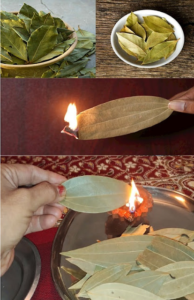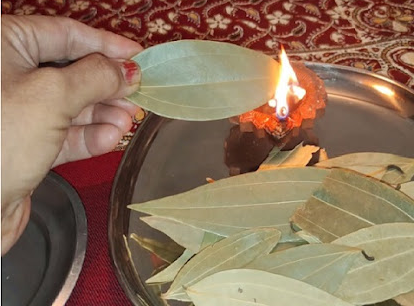Bay Leaf: A Culinary Secret of Mediterranean Cuisine
Bay leaves grow on a plant that reaches heights of 1 to 3 meters and features many branches. The leaves are spear-shaped with a leathery texture, flexible and glossy. The plant produces small, spherical black fruits and thrives in hot, semi-arid, dry, and temperate climates from 10 to 2900 meters above sea level.
Bay Leaves: Beyond Cooking
Bay leaves are often used in cleaning and beauty products and have a positive impact on our health in ways we might not expect. They are primarily known for relieving stomach pain and are recommended for use as an infusion.
Health Benefits of Bay Leaves
Bay leaves are recognized for their relaxing effects, anti-inflammatory properties, and ability to strengthen the immune system thanks to the minerals and vitamins they contain. These include iron, calcium, magnesium, zinc, potassium, phosphorus, Vitamin A, riboflavin, niacin, eugenol, and cineole, among others.
While bay leaves are commonly consumed in beverages, soups, or stews, another way to benefit from them is by burning the dried leaves. This releases vapors that can help us feel better.

Advantages of Burning Bay Leaves at Home
Burning bay leaves to scent the environment can improve respiratory health. Thanks to the plant’s expectorant properties, the vapors released when burning the leaves can help cleanse the airways, eliminate bacteria, purify the environment, and even improve brain function. However, the vapors from the burned leaves should not be inhaled directly but allowed to disperse into the environment.
